Museum of the Origins of Man
UPPER PALEOLITHIC ZOOMORPHIC CAVE PAINTINGS
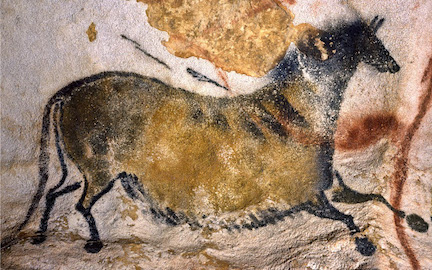 Fig. 31.2) Horse painted at Lascaux cave, France.
Fig. 31.2) Horse painted at Lascaux cave, France.
The animal escapes under a rain of arrows. The horses were killed because man fed of them.
It is widely believed that this painting of high artistic value is part of a ritual of magic which supervised the hunt.
Origin: ceiling of the hall, Lascaux cave, France.
Dating: 15,000 years ago.
Material Culture: Upper Paleolithic
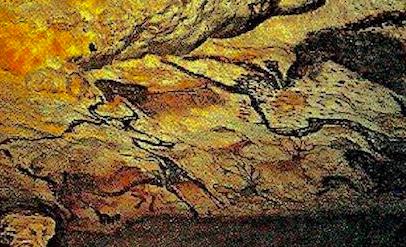 Fig. 31.3) The vault of the Lascaux cave, Dordogne, France.
Fig. 31.3) The vault of the Lascaux cave, Dordogne, France.
Can be seen paintings of mammals on which humans fed. To paint animals in the high vaults of the caves, wooden stages needed be made.
NOTE : Don't forget that, while inside the Dordogne caves, in the Altamira Cave, and in other French-Cantabrian caves a zoomorphic painting was produced, all around these areas and in other parts of Europe some other artistic-religious civilizations produced anthropomorphic sculpture.
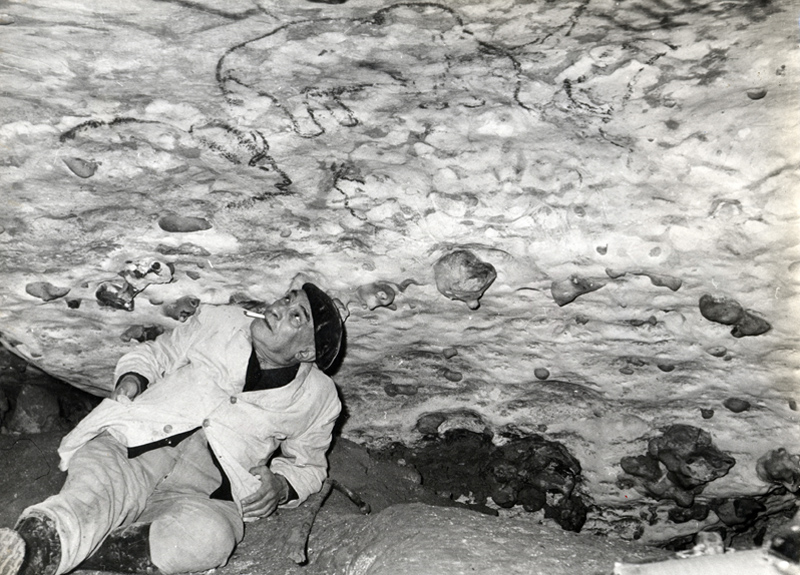 Fig. 31.4) Abbot Henry Breuil (1877-1961).
Fig. 31.4) Abbot Henry Breuil (1877-1961).
The scholar crouching in admiration of the zoomorphic paintings under the vault of Rouffignac Cave (France), discovered on 26/6/1956 by L.R. Nougier and his collaborator Romain Robert.
This photo dates back to 7/17/1956. when Abbot Breuil, then 79 years old, spent twelve hours admiring the mammoth and rhinoceros paintings, according to him the most beautiful paintings of the Upper Palaeolithic.
Abbot Breuil was defined the "Pope of the Prehistory" for his decisive very immense work and dedication to the prehistoric art.
Rouffignac cave is decorated with paintings and engravings of one hundred mammoths.
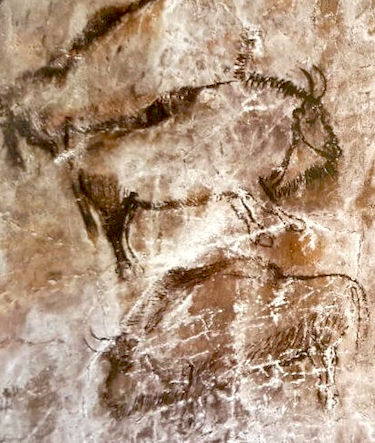 Fig. 31.5) Two bison painted in Niaux Cave, Ariège, France.
Fig. 31.5) Two bison painted in Niaux Cave, Ariège, France.
Size: length 95 cm.
Dating: about 14,000-12,000 years ago.
Location: Salon noir, Niaux cave.
In upper Paleolithic, in this case in Magdalenian, there were several styles also in painting, as in sculpture. These two bison are stylistically realistic, while the horse of Lascaux (Fig. 31,2), is stylistically very imaginative, ie invented: note the head and the legs smaller than the actual, as not apt for food, while the body is larger than the actual, as it is eaten; but all made with extreme elegance.
These two bison were defaced by vandals before the cave was protected.
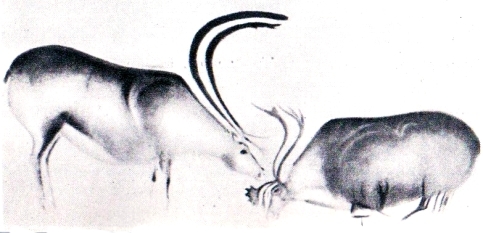 Fig. F33) Scene of a couple of reindeer. The male, larger, bends down to lick the forehead of the female.
Fig. F33) Scene of a couple of reindeer. The male, larger, bends down to lick the forehead of the female.
This is a very rare scene in rock art.
Dimensions: length 245 cm; height 130 cm.
Location: Font-de-Gaume Cave (France).
Material Culture: Upper Paleolithic (Magdalenian).
(Reconstruction, drawing by Abbot Breuil, 1903).
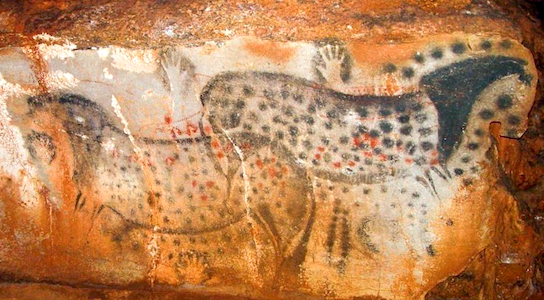 Fig. F34) Spotted horses painted in black, the spots in the neck and under the belly expand beyond the bodies. The heads of the horses taper toward a shape belonging to the rock.
Fig. F34) Spotted horses painted in black, the spots in the neck and under the belly expand beyond the bodies. The heads of the horses taper toward a shape belonging to the rock.
The wall includes many hands "in negative".
Size: panel length 4 m; length of each horse about 1.6 m.
Dating: 20,000 years about.
Material Culture: Gravettian.
Location: Pech-Merle Cave (France).
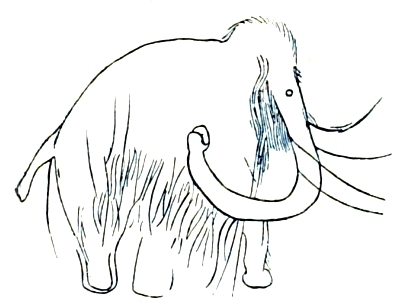 Fig. F35) Mammouth painted on the wall.
Fig. F35) Mammouth painted on the wall.
Location: Les Combarelles Cave (France).
Dating: 13,000 years ago.
Material Culture: late Magdalenian. Upper Paleolithic.
(From a drawing by Capitain and Breuil, 1902).
NEXT
Index
HOME PAGE
Copyright©1999-2020 by Museum of the Origins of Man, all rights reserved.







